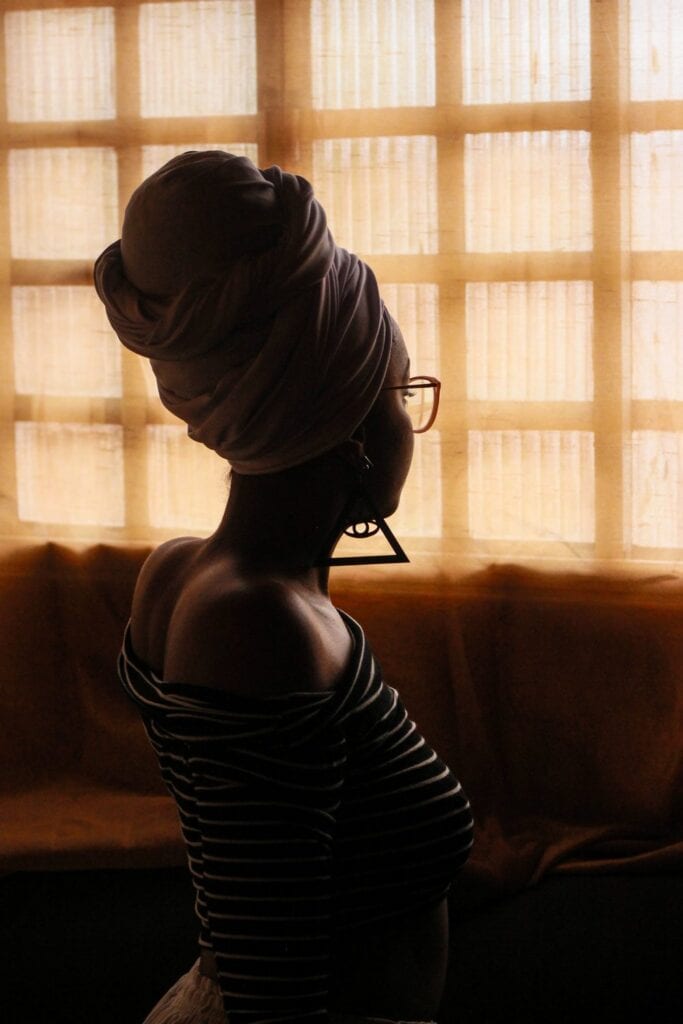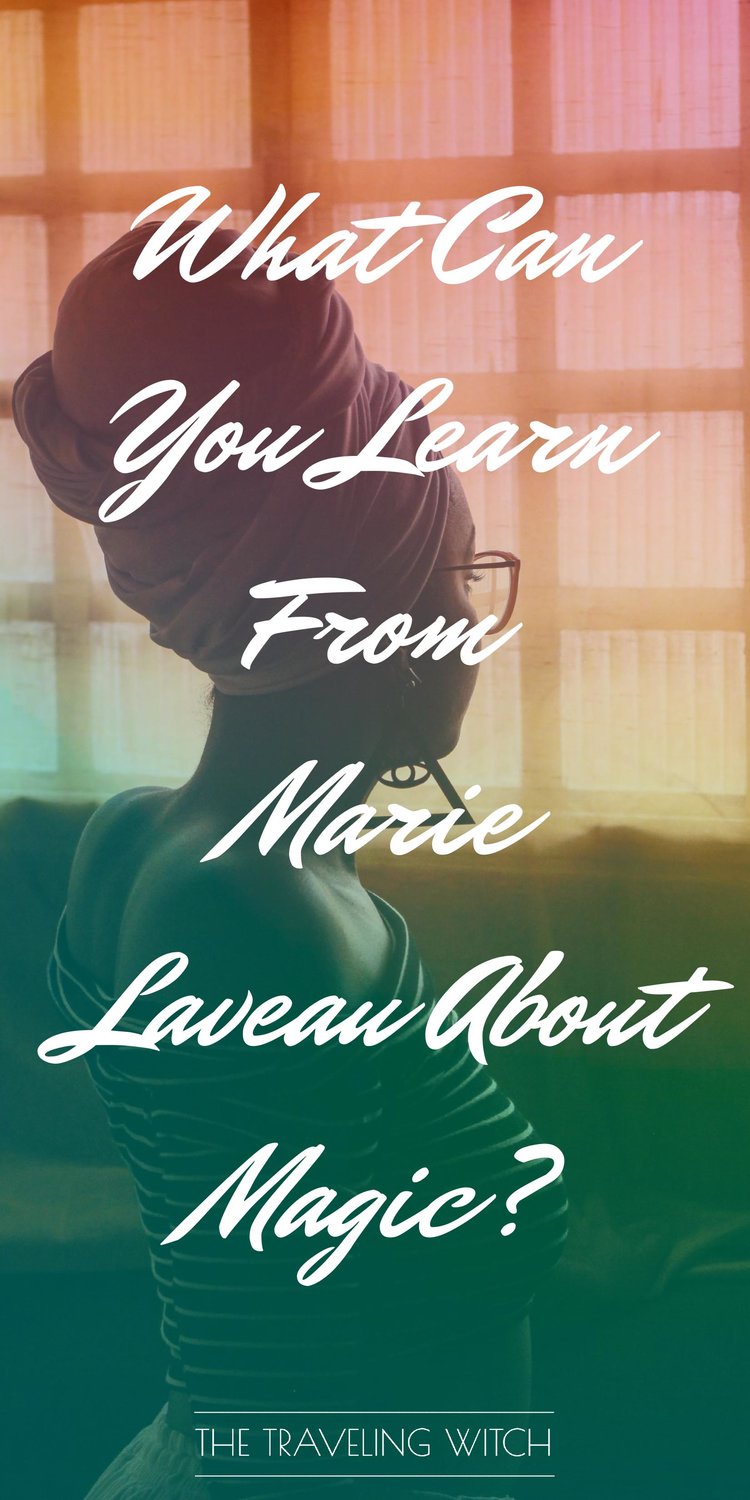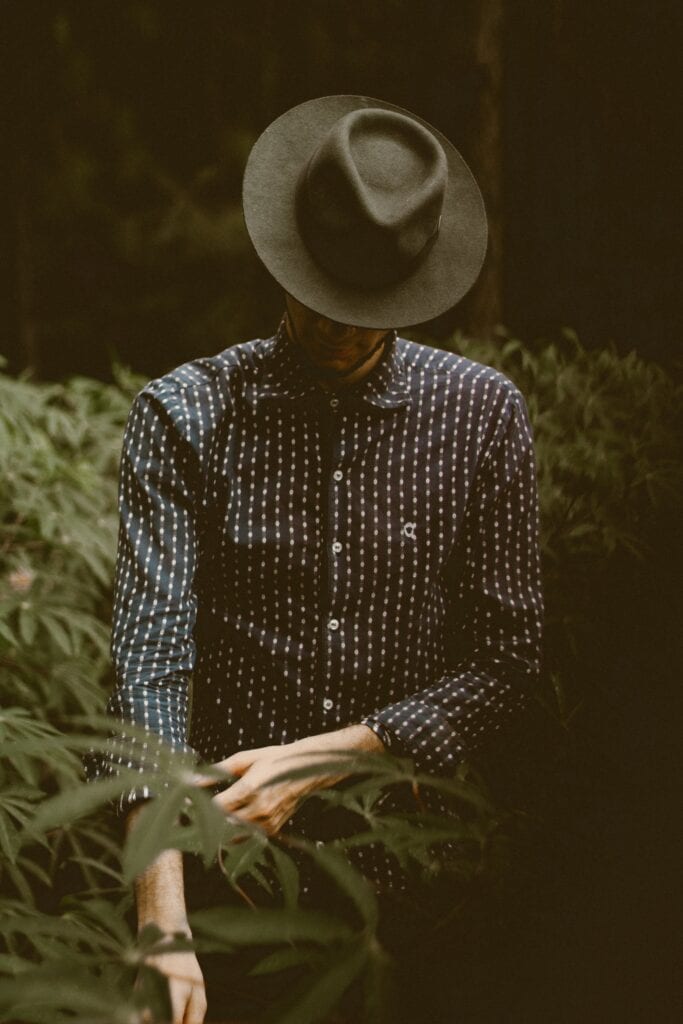Much of modern witchcraft is just that, modern. Things like crystal magic, tech witchcraft, and sigil crafting are not ancient by any stretch of the imagination. For many of us, this onslaught of new can leave us feeling disconnected from our roots and from our predecessors. For any witch looking to deepen their craft, our collective history can be an invaluable tool. Learning about magic wielders from centuries past can give us a sense of connection, inspire us, and help to transform out practice in ways we might not expect.

In the same spirit, today we’re going to be looking at the mythos of one of North America’s most famous magical women. There are more than a few witches practicing in Louisiana but there is only one Voodoo Queen.
Marie Laveau has reached mythical status in New Orleans, and her gravesite was once the most visited in the US. It’s called the “Wishing Tomb”, and visitors scrawl three X’s on its walls with charcoal and chalk in an attempt to summon Marie and ask for her help. Marie signed all her legal documents with an X and by inscribing this on her tomb three times, they call her forth by the name she used herself. To this day, people say that Marie will grant your wishes when you visit her tomb, especially if you leave behind some of her favorite offerings — white rum, candy and cash. People travel to New Orleans from all over the world to call on this priestess and ask for her favor. Even in death, Marie Laveau’s power is revered.
In life, she was a humanitarian and a deeply religious woman. She attended to patients suffering from cholera and yellow fever during an outbreak in her city. Where others were afraid to go, Marie went, changing the clothes and bedding of the sick and treating them with her knowledge of herbal medicine and Voodoo. She is also attributed with bringing an end to public executions in Louisiana, though of course, as with all legendary people, the stories vary. As it’s told, Marie Laveau was witness to a double-execution by hanging of two white men found guilty of murdering a young slave. As the executioner tightened the nooses around their necks, the sky turned a terrifying red and a lightning storm hit out of nowhere. Confusion struck the crowd, but when they looked back at the condemned men, the two nooses swung empty. The men had somehow slipped free and fallen through the trapdoor, still alive. These men were eventually hanged, but the crowd was convinced it had just witnessed Marie’s incredible power and was sure the storm was an act of some infuriated god. Whatever really happened that day, the people were incensed, and public executions were banned in Louisiana soon after. Louisiana was the first state in the Union to ban them, and many attribute this to the Voodoo Queen.
In her city, when you needed help, supernatural or otherwise, Marie Laveau was where you went to get it. Her healing powers were renowned, but she could also get you out of a jam. Doubters attributed Marie’s skill to her connections. She held sway over judges, officials and lawyers who bent to her will in legal matters. Others, who swore by Marie’s cures, recognized her true power and named her Queen of Voodoo. One of the most famous stories surrounding Marie is how she came into possession of her house on St. Ann Street. According to the gumbo ya-ya, a rich white man came to Marie Laveau for help when his son was arrested (with much evidence against him). Marie agreed. She went to St. Louis Cathedral and knelt in prayer with three hot peppers in her mouth as a show of her devotion and sacrifice. She left the peppers underneath the judge’s chair and when he dismissed the case, the father awarded Marie with the house she lived in until her death. Naturally, people debate whether it was voodoo that saved the youth or Marie’s privileged information from the police and a personal relationship with the judge, but either way, the boy walked free and Marie’s social and political power in New Orleans grew stronger.
Marie was born free to a white man and creole woman and was raised by her grandmother, Catherine. Her situation was unique at the time because her father claimed her and put a house in her name, giving Marie more rights at the time than most people of color. Her first husband, Jacques Paris, mysteriously disappeared a year into their marriage, and soon after Marie (now self-styled as the “Widow Paris”) began working as a hairdresser. She heard all the latest gossip from her affluent white clients and their slaves, who divulged priceless secrets. Marie fell in love with a white man, Jean Louis Christophe Duminy de Glapion, and had five children (or possibly 15, depending on the source). Laws against interracial marriage prohibited the two from marrying, so Jean Louis publicly changed his race, posing for the rest of his life as a free man of color, and he and Marie were allowed to enter into a common-law marriage.
Marie was a devout Catholic for her entire life and had a close relationship with the progressive pastor of St. Louis Cathedral, Pere Antoine, who was famous in his day for helping Voodoo women, single mothers, and children. He performed wedding ceremonies for interracial couples and Marie guided many to his church. She was a student of the Ursuline Order of Nuns, who taught Marie catechism and about spirit possession in Christianity — the Holy Spirit in particular. As for her voodoo, she supposedly learned from John Bayou, or Doctor John, who taught her how to make her infamous gris-gris bags. Though to many, the practice of witchcraft and religion seem to be fundamentally divided, Marie Laveau disagreed and drew heavily from Catholicism in her own teachings, even encouraging people to go to church and worship the Virgin Mary. Moses, in particular, was a huge influence on her. Moses spoke with angels and spirits, taught his people to build altars, and eventually led them to freedom — things Marie also incorporated into her craft and beliefs. In the streets, Marie recited The Creed, Our Father, and Ave Maria, prayers that ended with the French phrase “ainsi soit il”. This translates verbatim to “so be it” and ainsi soit il became the Voodoo equivalent of “amen.”
It can be difficult researching Marie Laveau because it’s hard to separate fact from myth. One story says that Marie Laveau was rejuvenated by magic, that her Voodoo was so strong that one day she was seen to be much younger than her true age. Another story says this was just her daughter, Marie Laveau II, who picked up the torch when Marie became too old. In 1946, Robert Tallent, who was researching Voodoo for his book Voodoo in New Orleans, cast Marie and her followers in a terrible light, claiming they slaughtered animals, swore oaths to the devil and were part of a Satanic cult. This, fortunately, was later condemned as a racist caricature of Voodoo in the south. Unfortunately, this book was widely popular and it still influences many inaccurate ideas about Voodoo and Marie Laveau in public consciousness.
While these inconsistencies make writing about her a little confusing, they’re also what makes learning about her so much fun. She was an exceptionally bright woman who cared about her community. She knew exactly how to succeed in her world, playing to her strengths and earning a fantastic, larger-than-life reputation. But Marie Laveau was not a fraud. She believed deeply in her practice and faith and was generous about giving back and taking care of the people around her. She helped the people so much, they still call on her, almost 140 years after her death… if she really died, that is.
The Generous Queen Spell
Marie Laveau will forever be known as a powerful woman, but people don’t flock to her grave to pay respect to an almighty witch. They come to her in death for the same reason they came to her in life: She was generous with her gifts. She helped the poor, women, slaves, and she helped the rich, too. Everyone who came to her was treated the same.
This spell both pays homage to Marie Laveau and asks for her intercession with a problem.
What you will need:
- White candle
- Black candle
- A chili pepper
- Red lipstick
- Any piece of gold
- An offering of your choosing
- A prayer card of the Virgin Mary (or Marie Laveau herself, if you prefer!)
- A snake charm of some kind (a drawing or printout of a snake will do just fine)
To begin, you’re going to set up an altar for Marie Laveau. Set up the white and black candle side by side with the prayer card upright against them and light the candles. The chili pepper will go next to the black candle and the snake charm will go beside the white. Place the piece of gold before the prayer card. Your offering will be right in front of you, and between the offering and the altar, when you’re centered, use the lipstick to draw three X’s on whatever surface you’re working on (best to work on a smooth surface you’ll be able to easily clean!).
Now, recite this spell three times, and as you do push your offering over the three X’s.
“Dearest Marie, who reigns supreme,
Beyond the iron gates of New Orleans.
Accept my gift, if you will,
And grant my wish, Ainsi soit il.”
Struggling with your magic?
Take the Quiz to Discover Your #1 Witchcraft Obstacle

Updated on August 20, 2023 by Avery Hart




Very well written. I love it when there is history blended into a spell or magic lesson. Thank you for this!
I have to agree with Ashlea, a good spell to use with my Marie Laveau mini altar.
I just read Rick Koster’s book – a novel – “Gris Gris Gumbo”. A great story and it explains a lot. There are real powers out there, and all around if we can make our way to them. Lots of stones in the pathway, but good things at the end of the road. Bon chance.